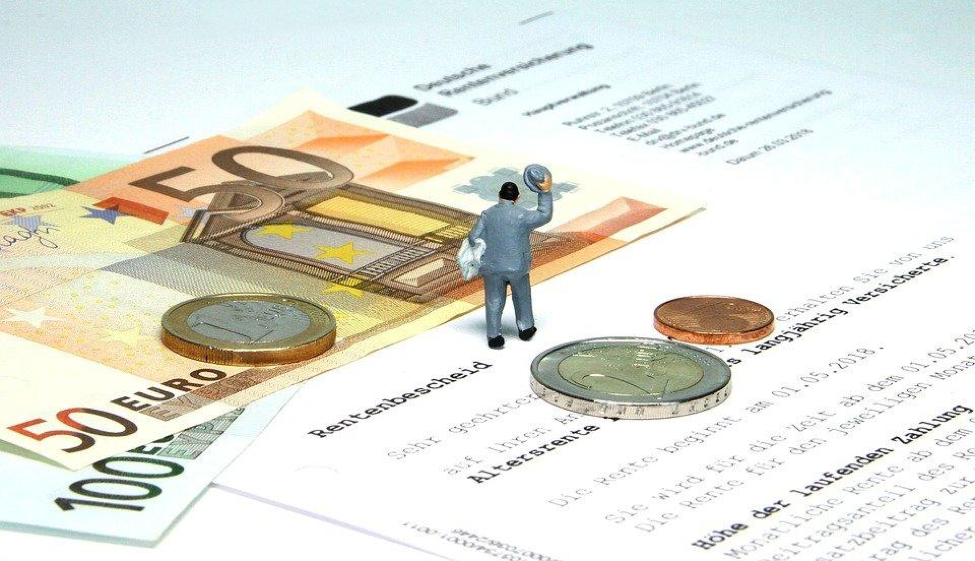Image Source: Pixabay.com
Every forex trader knows how vast the influence of central banks is on this market. Regardless of the country in question, its monetary system revolves around its central bank and the actions taken by these institutions can have a meaningful impact for better and for worse.
Having said that, this effect can sometimes be foreseen and even taken advantage of by professional traders. Here are four ways central banks affect currency exchange rates. These dynamics continue to be relevant even in 2022, but nevertheless, they are not prophecies but rather evaluations – and should be treated as such.
Controlling the supply of money
At a basic level, central banks are in charge of how much money is physically out there. They do this by raising or lowering interest rates when necessary. Simply put, when rates are low, the price of cash is low, in turn incentivizing banks, companies, and people to take on new loans. The monetary supply increases, which diminishes the purchasing power of the relevant, so the currency weakens against others.
In the opposite scenario, raising rates no longer incentivizes borrowing, and as older loans mature in the absence of new ones, the monetary supply shrinks. This can be the case this year, as the Bank of England and the Federal Reserve are expected to lift interest rates.
Direct interventions
Some central banks, especially those of emerging markets, intervene in the currency markets to control whether the national currency’s exchange rates weakens or appreciates. A strong currency is bad for exporters and good for importers, and in the case of a weaker currency, the country has an edge with exports.
When trading forex you need to monitor news and central bank announcements, because such interventions generally produce strong price action movements. These are not the kind of situations when you should be caught wrong-footed, so stay alert.
Forward guidance
No central bank wants volatility in the currency space, which is why they provide markets with forward guidance in the form of announcements and strategic plans. This way, the economy achieves predictability with regards to how monetary policy is to change in the near future.
Both short-term interest rate changes and asset purchases (which are generally conducted to suppress long-term rates) influence the risk sentiment, so you should be aware that currencies can fluctuate when such changes occur.
Tightening monetary policy is a difficult process, mainly because it has a deflationary effect. Currently it is visible that central banks are shifting their stance, but at a mild pace, so as to avoid solvency risks and set the already-fragile economic recovery back.
Is the FX market too big to control?
One might also ask why central banks can influence a market that accounts for over $6 trillion in daily trading volumes so greatly. In some situations, their actions might have a limited influence, but how financial institutions react to what central banks are doing is what drives the FX market in one direction or another.
Trading according to central bank monetary policy decisions can be tricky, especially if you are a beginner and still need to develop crucial trading skills. That is why sometimes it’s best to wait and see how the market digests news and only then look for trade opportunities.



